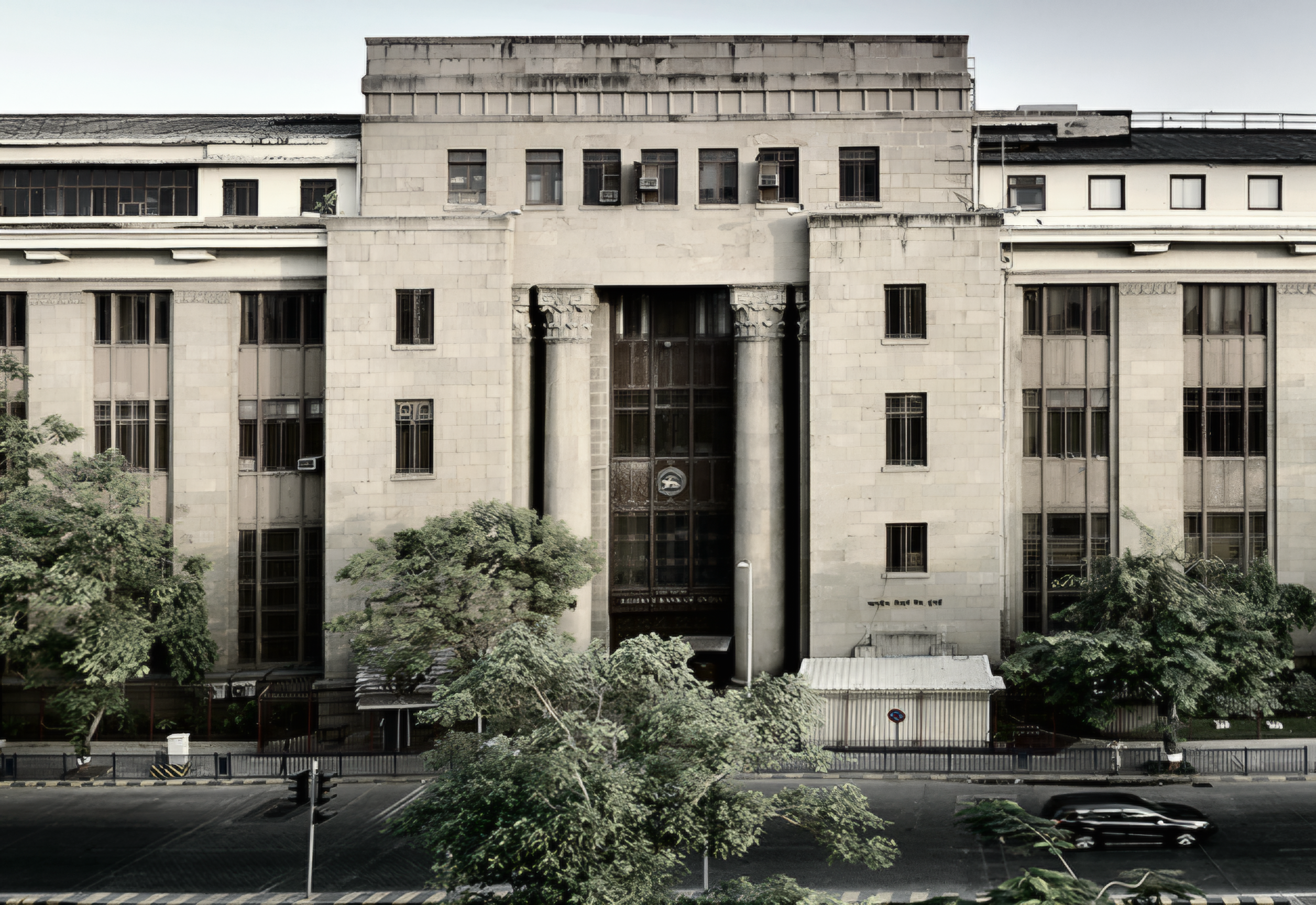Back
Atharva Deshmukh
Daily Learnings... • 1y
Brief History of RBI The Reserve Bank of India (RBI) was established on April 1, 1935, based on the Hilton Young Commission's recommendations and the Reserve Bank of India Act, 1934. Initially, the RBI took over the functions of the Controller of Currency and the Imperial Bank of India, managing government accounts and public debt. The RBI served as the central bank for Burma until 1947 and for Pakistan until 1948, and was nationalized in 1949. From its inception, the RBI played a developmental role, especially in agriculture, and helped establish key financial institutions in India. Since liberalization, the RBI has focused on core central banking functions like Monetary Policy, Bank Supervision and Regulation, and Financial Market Development.
Replies (2)
More like this
Recommendations from Medial
gray man
I'm just a normal gu... • 8m
The Reserve Bank of India (RBI) has announced that it will soon revise the transaction limits for Unified Payments Interface (UPI) payments made to merchants, also known as person-to-merchant (P2M) transactions. This move is aimed at enhancing the ef
See More
gray man
I'm just a normal gu... • 8m
BharatPe announced today that its subsidiary, Resilient Payments Private Limited, has received final approval from the Reserve Bank of India (RBI) to operate as an online payment aggregator (PA). With this approval, the company stated that it is now
See More
Muttu Havalagi
🎥-🎵-🏏-⚽ "You'll N... • 10m
RBI Increases Gold Purchases The Reserve Bank of India has significantly increased its gold purchases, buying 50 tonnes so far in FY25. This move aims to diversify its foreign exchange reserves and mitigate revaluation risks, as part of efforts to m
See MoreAtharva Deshmukh
Daily Learnings... • 1y
Have studied about Monetary Policy in short and it's effect. The monetary policy is a tool through which the Reserve Bank of India (RBI) controls the money supply by controlling the interest rates. RBI is India’s central bank. While setting the int
See MoreDownload the medial app to read full posts, comements and news.































